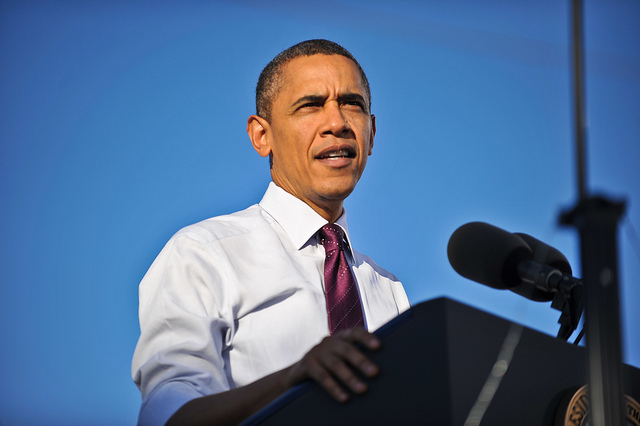
On Friday, the Department of Health and Human Services (HHS) released the 2014 Actuarial Report on the Financial Outlook for Medicaid. Buried in the depths of the report is something crucial that all state legislators should look at with concern. The enrollment numbers for non-newly eligible Medicaid recipients increased at a rate 44% faster than expected in 2014.
Let’s break this down. Last year, HHS predicted that non-newly eligible Medicaid recipients would increase by 1.7 percent. Essentially, they predicted that people who had been Medicaid eligible before Obamacare would enroll in greater numbers because of “outreach efforts and enrollment simplifications”. This is known as the “Woodwork Effect” because these previously eligible individuals appear to come out of the woodwork to sign-up for Medicaid as a side effect of Obamacare. This is especially important to states because state governments are required to pick up an average of 40% of the costs of these individuals.
When the Obama Administration pitched Obamacare, a crucial part was that it would be almost costless to states since all newly eligible sign-ups would be covered 100 percent by the federal government. But it is now becoming clear that the Woodwork Effect is having a serious impact on states, whether or not they expanded Medicaid. The rate of growth of these non-newly eligible individuals in 2014 was 2.3 percent, 44 percent higher than the projected 1.7 percent increase. That difference alone is 410,000 individuals, adding nearly $2.9 billion in costs in 2014, of which $1.15 billion was borne by state governments.
After botching this calculation for 2014, HHS did not adjust their enrollment estimates upward to meet last years unexpected boost. Over the next decade, HHS projects an annual increase on 1.4 percent of non-newly eligible enrollees. Even at this rate, costs to states are projected to increase from 199 billion dollars in 2014 to 338 billion in 2023, representing a 70 percent increase. If the Woodwork Effect continues and the percentage of non-newly eligible enrollees continues at the rate it did in 2014, then some hypothetical back-of-the-envelope calculations show some scary figures. This would lead to over 7 million enrollees beyond the projection in 2023, at a cost of nearly 75 billion, with states legally responsible to pick up nearly 30 billion of that.
Though it’s doubtful that the Woodwork Effect will continue at the same magnitude over the next decade, what is clear is that HHS’s estimates yet again undersold the true cost of Obamacare to the states.

